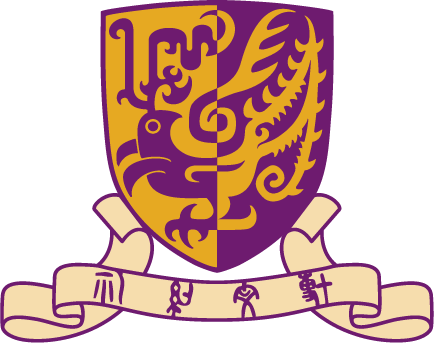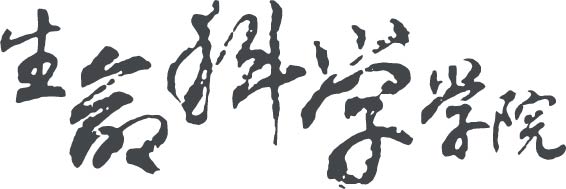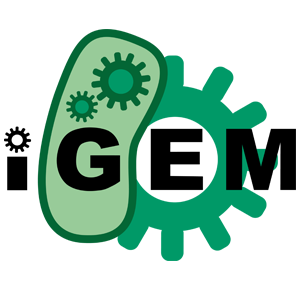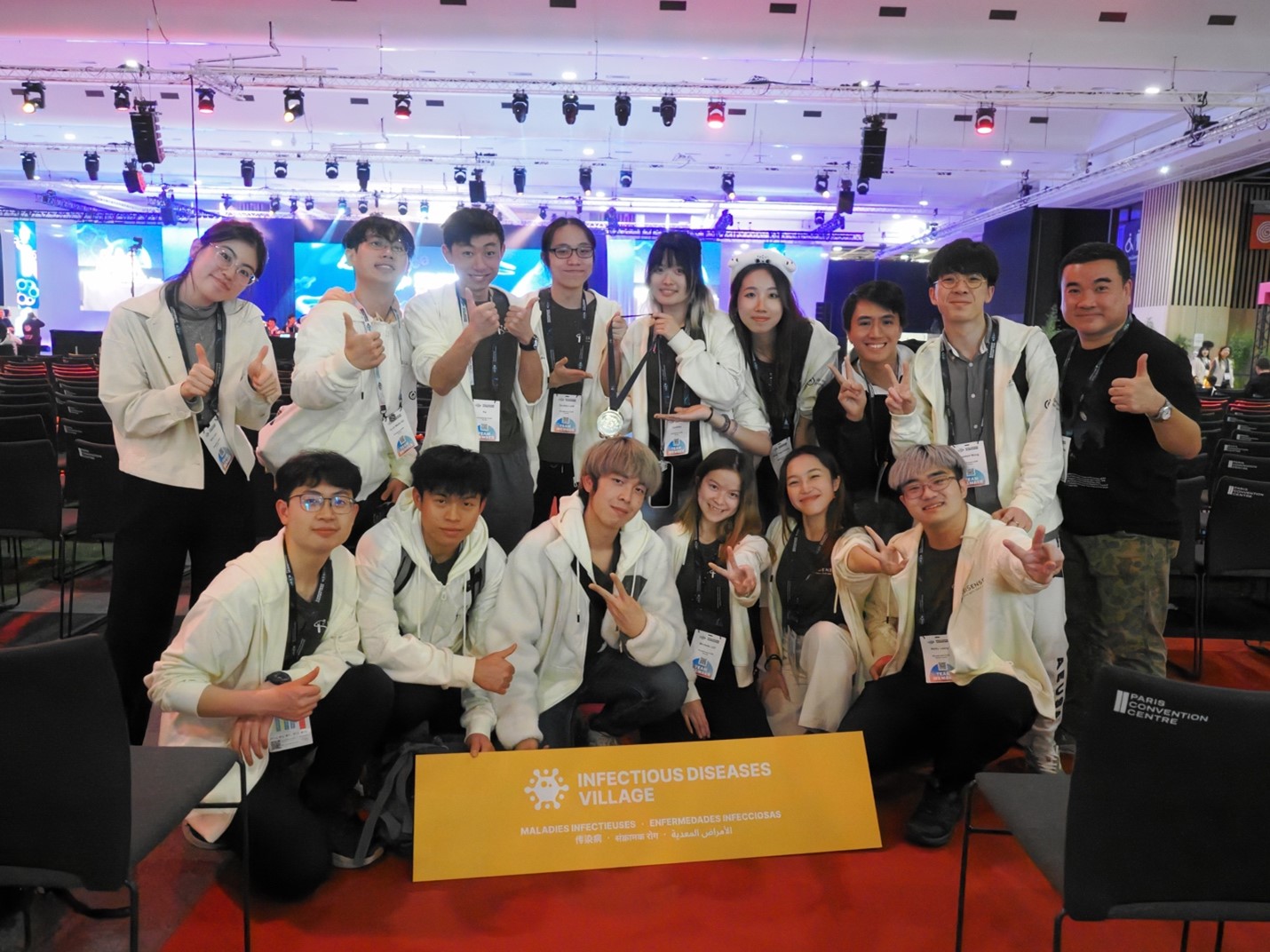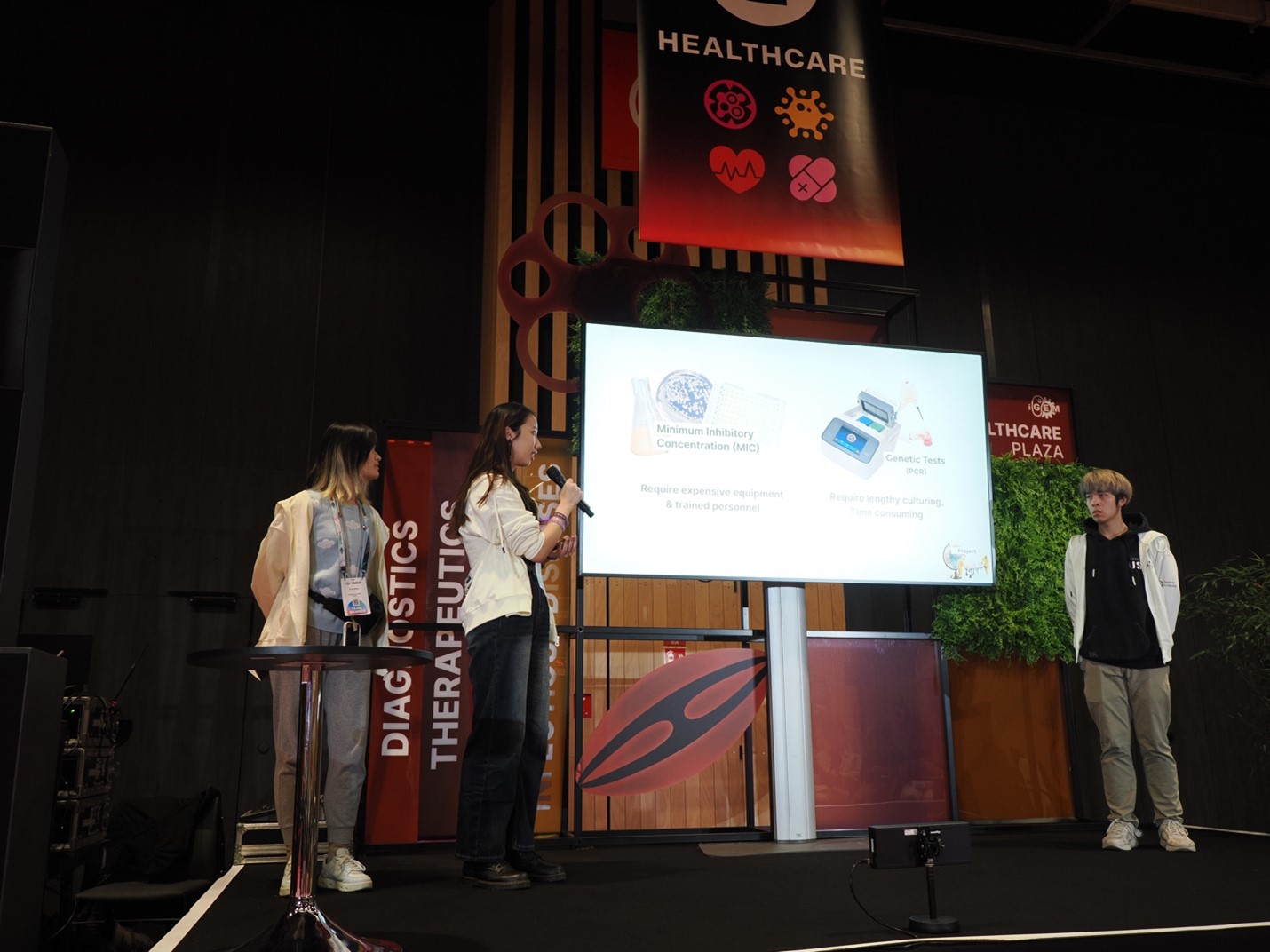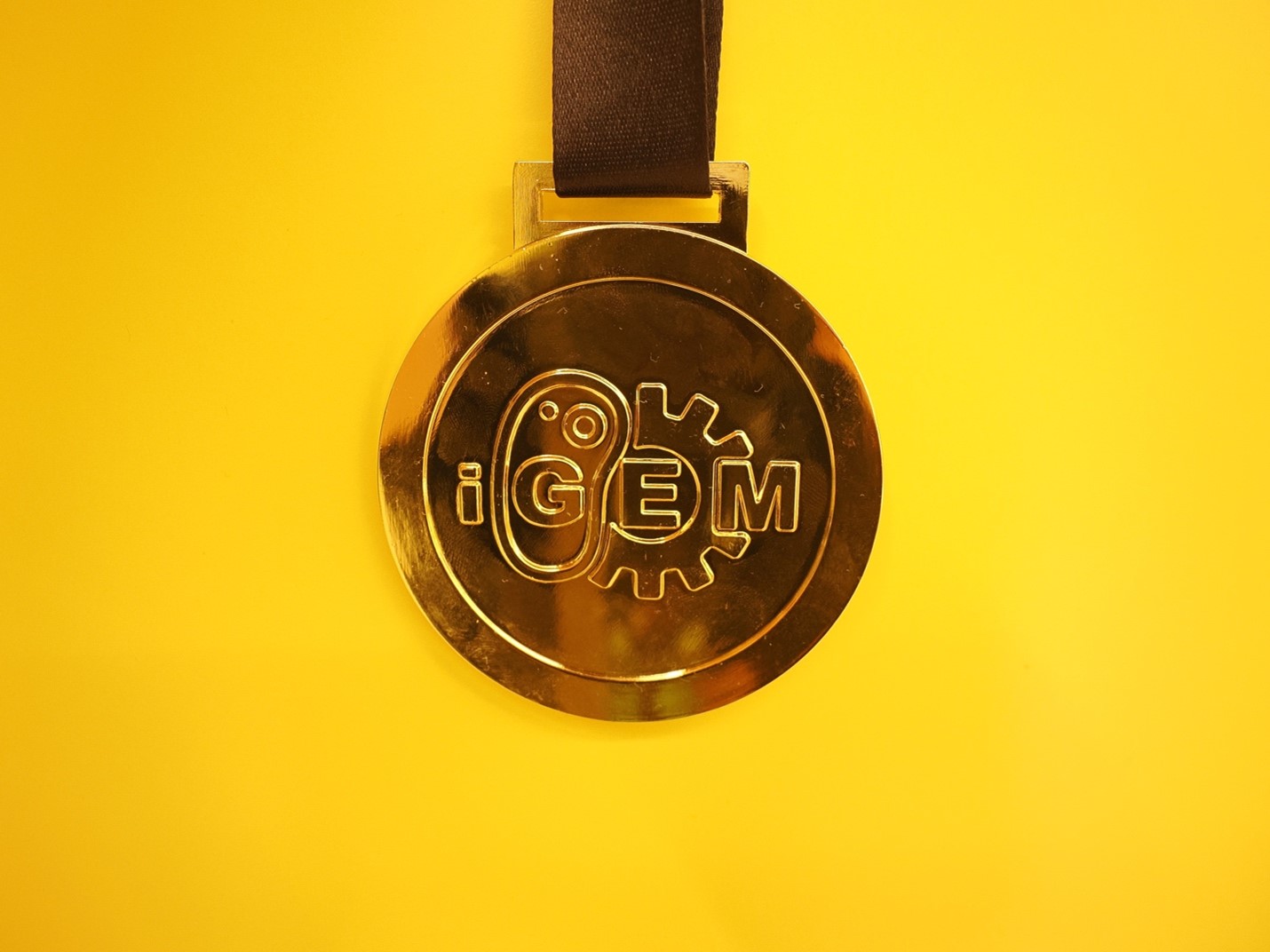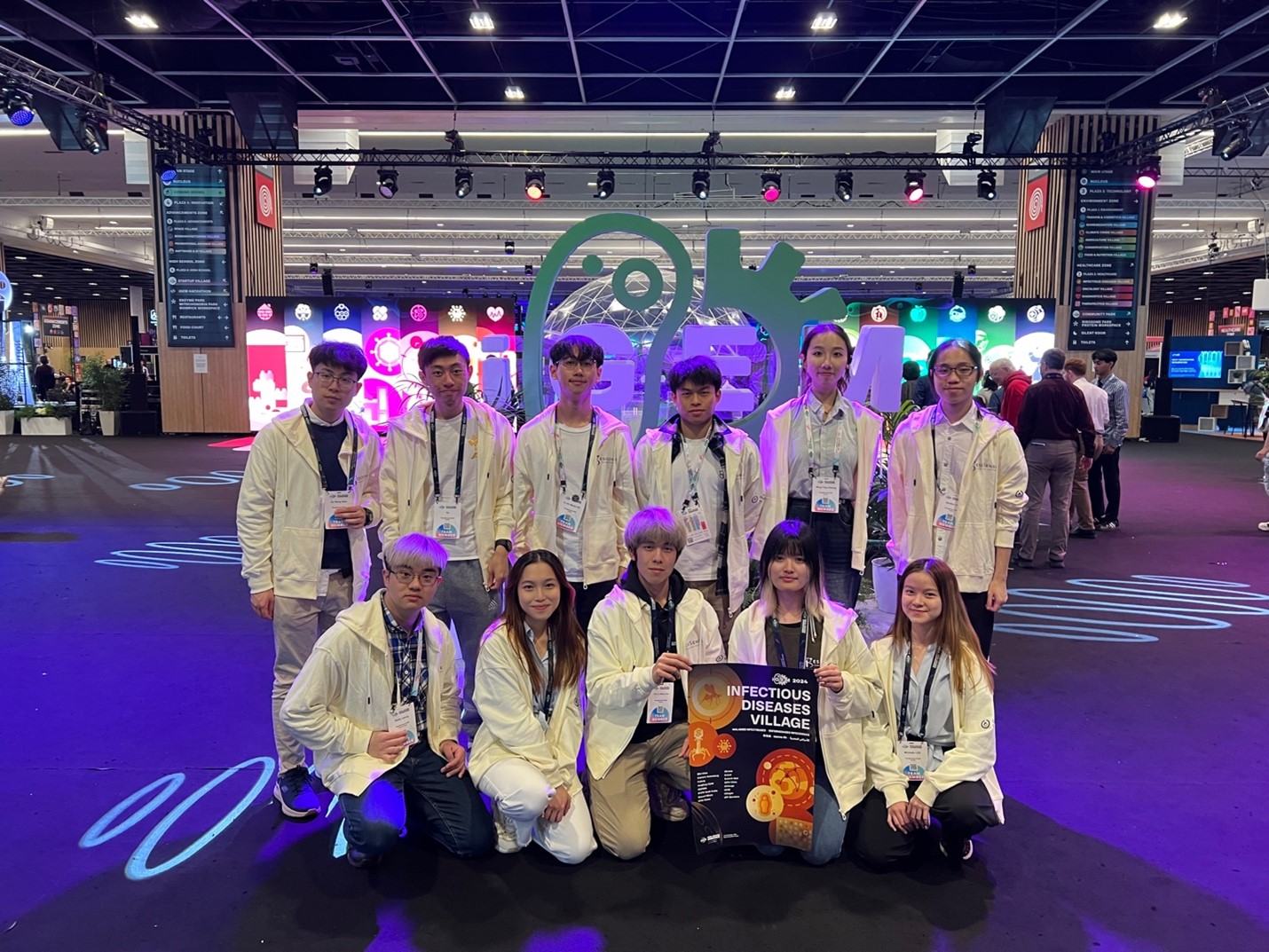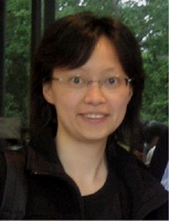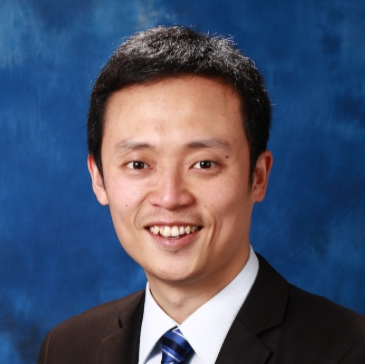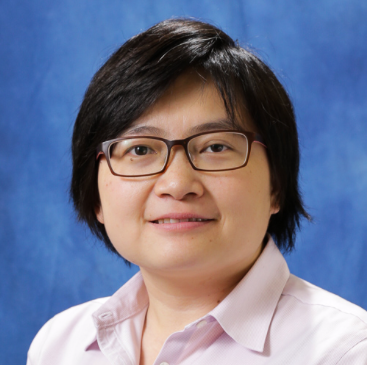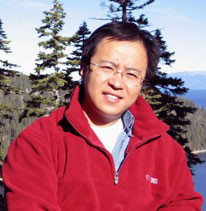The Mushroom-X Social Team of 4 life sciences students from the Chinese University of Hong Kong (CUHK) has been awarded the Gold Award in China College Students’ Entrepreneurship Competition (“Chuang Qing Chun”) in 2018. The competition was held in November at Hangzhou this year. The project entitled “Mushroom for the Next” promote sustainability awareness to the public through mushroom science and education. The team is honored and grateful to receive the award as social entrepreneurship.
The four students, Lai Sok Ian (Helen), Tam Ka Wing (Caity), Ng Heung Yu (Crystal) and Tang Hoi Yan (Yannes) joined the Mushroom Social Project in 2017. With funding from CUHK, Mushroom-X Limited is established in Mar 2018, aiming to bring the impact of mushroom for the next economy and global need. The team has cultivated more than 800 mushroom bottles with upcycling of food wastes and thus demonstrated the practice of reducing carbon footprint.
Under the supervision of Prof Kwan Hoi Shan and coaching from Ms Beatrice Ho, the co-founders of Mushroom-X, the team is passionate to disseminating their belief of “mushroom can save the world” to the public. They voluntarily supported the Mini exhibition “The Beauty of Mushroom” at the campus in July 2017 to showcase the diversity, the growth and development of mushrooms and introduce the model of sustainable urban mushroom farming system. They have also showcased in HK Food Expo (Aug 2017, 2018), Peacemaker's Cultural Celebration by UNSECO (Feb 2018) and Maker Faire (Jul 2018) as public engagement.
In this summer, the team held a workshop to teachers from Macau to promote the mushroom STEAM workshop for embracing the beauty of nature and sustainability education. Throughout the summer of 2018, the team dedicated to the Mushroom Maker Programme in the university to drive fellow students in having a valuable experience of practicing science to daily life.
With their commitment to bringing humanity’s needs in balance with the resources of our planet, they won the Second Prize of Social Enterprise in the Challenge Cup, The 4th Hong Kong University Student Innovation and Entrepreneurship Competition and were selected as one of the representatives of Hong Kong to participate in “Chuang Qing Chun” in 2018. “Mushroom for the Next” finally won the Gold Award in the social entrepreneurship category.
About the competition
“Chuang Qing Chun” and “Challenge Cup” National Competitions are renowned as the Olympics for innovation and entrepreneurship of Chinese university students and nurtured students’ ability in the past 20 years. This year, the competition received over 150,000 applications. Among the 369 teams of finalist in all categories, only 20 teams achieved gold in social entrepreneurship. (http://2018.chuangqingchun.net/)
|
|
 |
>> Photo Album
